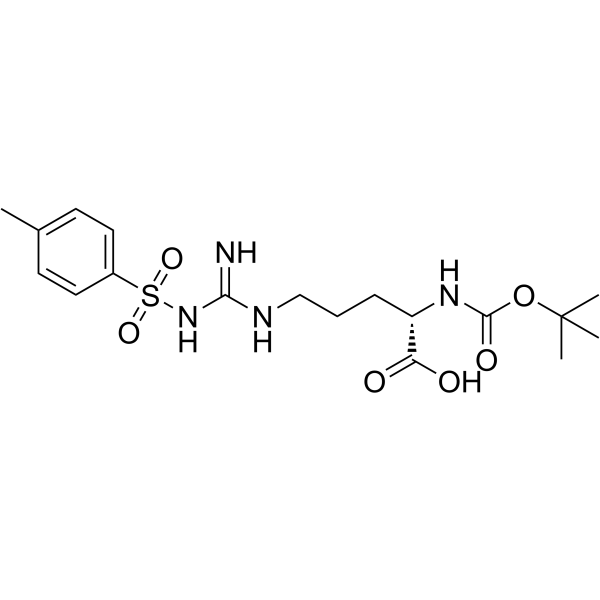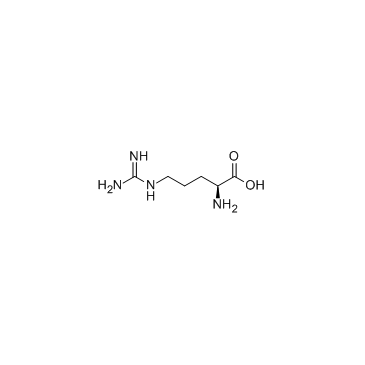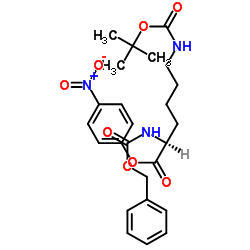9063-57-4
| Name | tuftsin |
|---|---|
| Synonyms |
H-Thr-Lys-Pro-Arg-OH
THR-LYS-PRO-ARG 2ACOH 4H2O Tuftsin hydrate acetate salt Taftsin L-Thr-L-Lys-L-Pro-L-Arg-OH thr-Lys-Pro-Arg Tuftsin Tuftsin acetate salt hydrate L-Thr-L-Lys-L-Pro-L-Arg |
| Description | Tuftsin is a tetrapeptide. Tuftsin is a macrophage/microglial activator. |
|---|---|
| Related Catalog | |
| In Vitro | Tuftsin is a tetrapeptide, Thr-Lys-Pro-Arg, which resides in the Fc-domain of the heavy chain of immunoglobulin G. Tuftsin possesses a broad spectrum of activities related primarily to the immune system function and exerts on phagocytic cells, notably on macrophages. Tuftsin's capacity to augment cellular activation is mediated by specific receptors that are identified, characterized, and recently isolated from rabbit peritoneal granulocytes[1]. Tuftsin, a macrophage/microglial activator, dramatically improves the clinical course of experimental autoimmune encephalomyelitis (EAE), a well-established animal model for MS. Tuftsin administration correlates with upregulation of the immunosuppressive Helper-2 Tcell (Th2) cytokine transcription factor GATA-3. Tuftsin promotes phagocytic activity for cells of monocytic origin, such as neutrophils, macrophages and microglia, all of which are thought to express Tuftsin receptors[2]. |
| References |
| Density | 1.48g/cm3 |
|---|---|
| Molecular Formula | C21H40N8O6 |
| Molecular Weight | 500.59200 |
| Exact Mass | 500.30700 |
| PSA | 249.98000 |
| LogP | 0.44320 |
| Precursor 7 | |
|---|---|
| DownStream 0 | |








